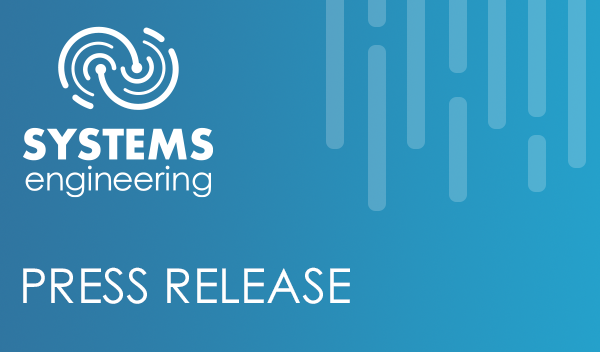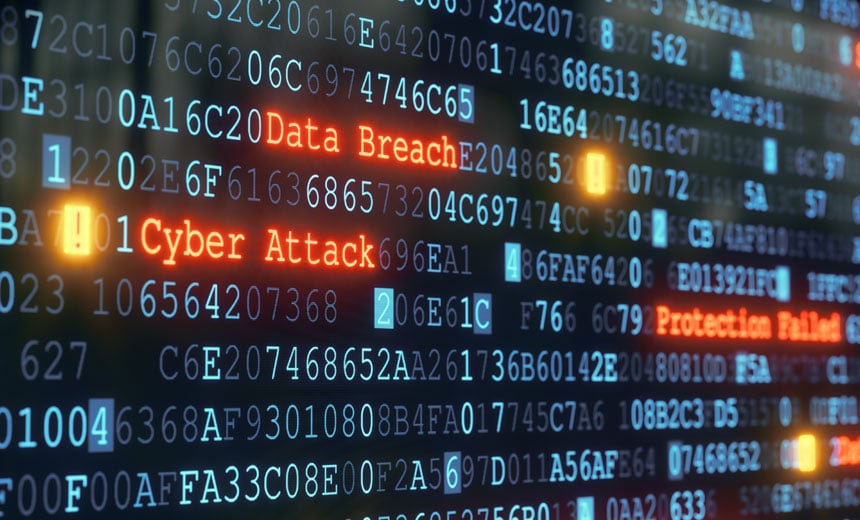In today's digital landscape, criminals are becoming increasingly sophisticated, using artificial intelligence (AI) to create convincing scams that are harder than ever to detect. From realistic fake messages to deepfake videos, these AI-driven tactics are designed to deceive and exploit both individuals and businesses. Staying informed and proactive is essential to safeguarding yourself and your organization from these escalating threats. In this blog, we'll explore AI-powered scams and share practical steps you can take to protect your personal and professional security.
CMMC Compliance: How MSPs Can Help Prime Contractors Get Their Supply Chain Compliant
As deadlines for Cybersecurity Maturity Model Certification (CMMC) compliance draw closer, prime contractors face an increasing challenge: ensuring their own certification and supporting their entire supply chain in achieving compliance. This responsibility has become an urgent and complex priority for those managing defense contracts. The issue extends beyond the prime's readiness—subcontractors' compliance directly impacts your ability to deliver on the contract. The stakes are clear: one non-compliant subcontractor can jeopardize the entire supply chain.
Systems Engineering Offers Full-Spectrum CMMC Compliance Services to Address Department of Defense Contract Requirements
CMMC RPO Integrates Managed IT, Cybersecurity, and CMMC Advisory for the Defense Industrial Base
SECURITY ALERT: Multiple Fortinet Vulnerabilities | CVE-2024-23666 & CVE-2024-50176
Systems Engineering is aware of the Fortinet FortiOS, FortiManager, and FortiAnalyzer affecting multiple versions of these products.
Fortinet rates these vulnerabilities as HIGH.
SECURITY ALERT: FortiManager Vulnerability Actively Exploited as Zero-Day | CVE-2024-47575
Systems Engineering is aware of the Fortinet FortiManager missing authentication for critical function vulnerability in the fgfmd process, CVE-2024-47575. Reports have shown this vulnerability to be exploited in the wild.
The following is provided for reference purposes and to inform clients which versions of these common products are supported by the manufacturer and, therefore, covered under our service terms.
The need for cyber risk management is growing exponentially. The threat of cybersecurity risks within small—to medium-sized businesses (SMBs) keeps many business leaders up at night. The business-wide disruption that a successful cyberattack brings and the increasing number of SMBs falling victim to cybercrime each year mean cyber risk can no longer solely be the responsibility of IT.











